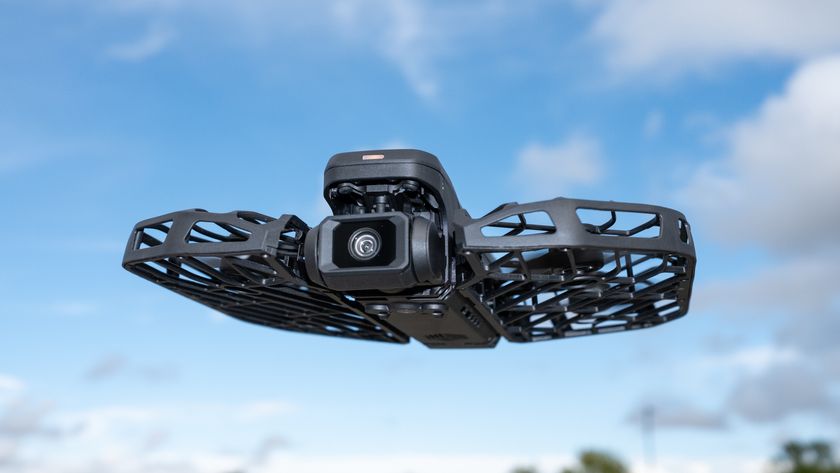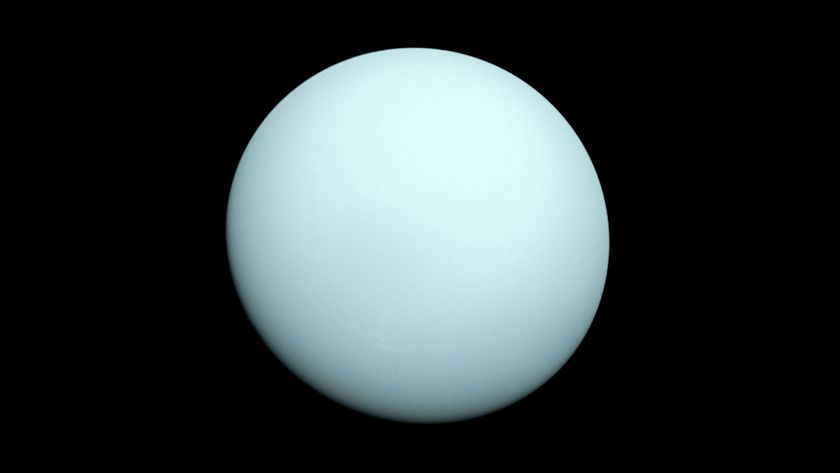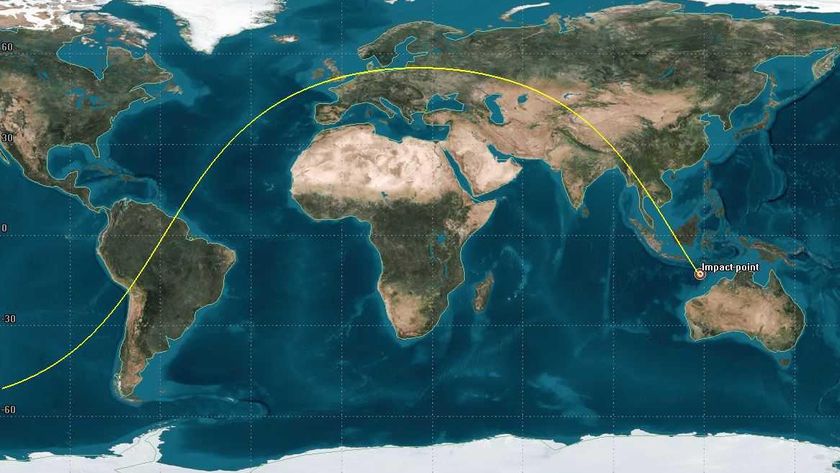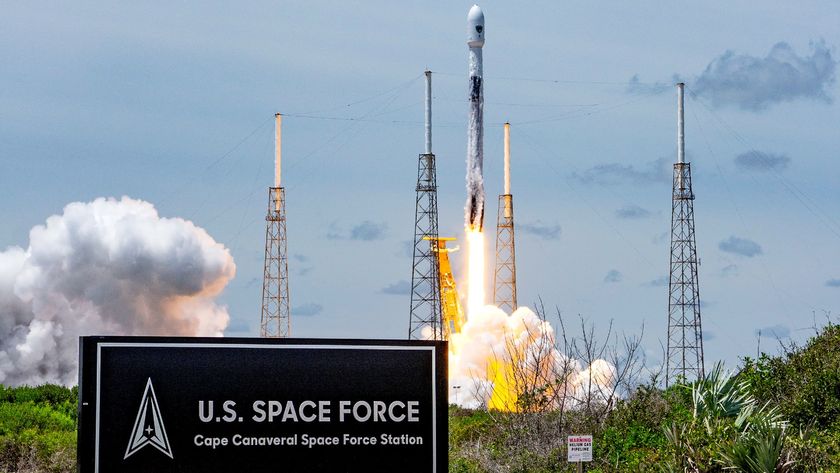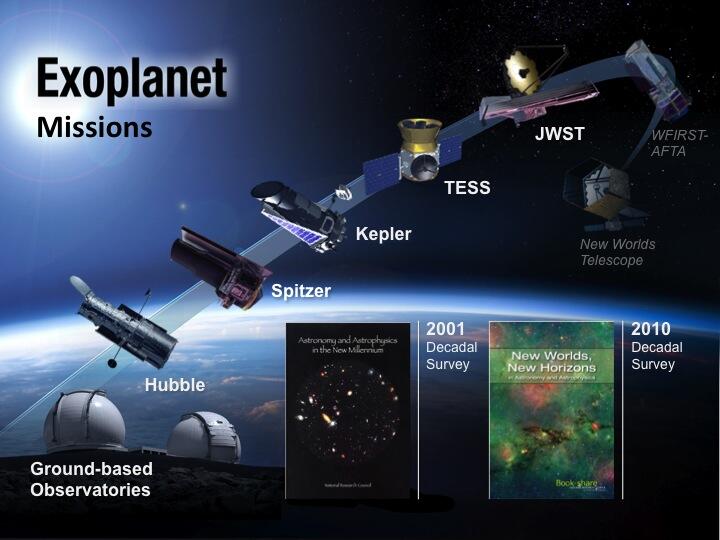
Editor's Note: In this weekly series, SPACE.com explores how technology drives space exploration and discovery.
NASA's Kepler space telescope revolutionized the study of alien worlds after launching in 2009, and a number of other missions now stand poised to carry the burgeoning field into the future.
Over the next decade, NASA and the European Space Agency (ESA) aim to launch a handful of spacecraft that should discover thousands of additional exoplanets and characterize some of the most promising — the most apparently Earthlike — new finds in detail.
These future missions are all following in the footsteps of Kepler, whose observations have revealed that the Milky Way galaxy is jam-packed with alien planets. The instrument has spotted more than 3,500 planet candidates to date; just 167 of them have been confirmed by follow-up observations so far, but mission scientists expect about 90 percent will end up being the real deal. [Gallery: A World of Kepler Planets]
Kepler's original planet-hunting activities came to an end this past May when the second of its four orientation-maintaining reaction wheels failed, robbing the spacecraft of its ultra-precise pointing ability. But the instrument may continue its planet search in a modified and limited fashion, as part of a possible future mission dubbed K2.
NASA is expected to make a final decision about K2, and Kepler's ultimate fate, around the middle of next year. By then, the first member of the exoplanet new wave will already be aloft — Europe's Gaia mission.
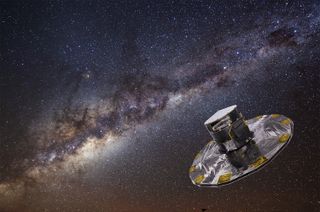
Gaia: The billion-star surveyor
Get the Space.com Newsletter
Breaking space news, the latest updates on rocket launches, skywatching events and more!
ESA's Gaia spacecraft is slated to blast off from French Guiana next month; its launch window extends from Dec. 17 through Jan. 5.
Gaia will head to a gravitationally stable spot about 900,000 miles (1.5 million kilometers) from Earth called the sun-Earth Lagrange Point 2. Over the next five years, the spacecraft will repeatedly measure the position, movement and brightness changes of more than 1 billion Milky Way stars — about 1 percent of the galaxy's total.
"This huge stellar census will provide the data needed to tackle an enormous range of important problems related to the origin, structure and evolutionary history of our galaxy," ESA officials write in a description of the Gaia mission. [7 Ways to Discover Alien Planets]
Exoplanet science should be one of the fields that benefits. The Gaia mission, whose total cost is 740 million euros (about $990 million), could potentially detect tens of thousands of new planetary systems, researchers say.
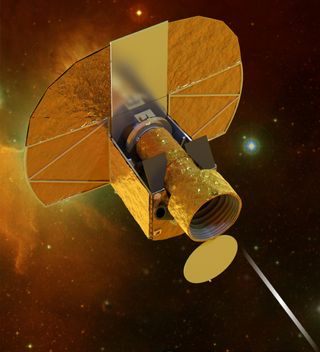
Cheops: A follow-up machine
ESA will likely launch another exoplanet mission, called Cheops (short for CHaracterizing ExOPlanets Satellite), four years after Gaia gets off the ground.
Like Kepler, Cheops will watch for exoplanet "transits," gathering data when alien worlds cross the face of their parent stars from the instrument's perspective. But the similarities mostly end there. While Kepler stared at more than 150,000 stars simultaneously, Cheops will target one star at a time. And its chief aim is the follow-up study of known exoplanets, rather than the discovery of previously unknown worlds.
"Knowing when to look, and at which star, will make Cheops extremely efficient at providing first-step characterization of low-mass exoplanets by measuring accurate radii and densities," David Ehrenreich, of the University of Geneva, said Nov. 6 during a presentation at the second Kepler Science Conference at NASA's Ames Research Center in Moffett Field, Calif.
Another key goal of Cheops, Ehrenreich added, is "collecting the 'golden targets' for future in-depth characterization by, for instance, the James Webb Space Telescope."
Cheops' total cost is about $134 million (100 milllion Euros), Ehrenreich said. Formal adoption of the mission is expected in the next few months, with launch targeted for late 2017.

The Transiting Exoplanet Survey Satellite
NASA is developing its own mission for launch in 2017. The agency's Transiting Exoplanet Survey Satellite, or TESS, aims to look for planets crossing the face of about 500,000 stars during its planned two-year operational life.
While Kepler scanned stars 1,000 or so light-years away, the $200 million TESS mission will look much closer to home. It will focus on stars within 100 light-years of Earth, with the goal of finding planets that will be easier to study and characterize with future instruments such as NASA's James Webb Space Telescope (JWST).
And TESS should discover plenty of new worlds. Team members expect to find about 315 the size of Earth or a little larger, 710 planets a bit smaller than Neptune, 1000 Neptune-like worlds and 660 Jupiter analogs, mission principal investigator George Ricker of MIT said Nov. 6 at the Kepler Science Conference.
"It's really a bridge to the future," Ricker said of TESS. "We're really, obviously, following on from Kepler. And because of the way in which there's a focus on providing targets that are going to be optimal in place for the continuous viewing zone for JWST, there's clearly going to be a linkage between providing information that'll be useful to that mission."
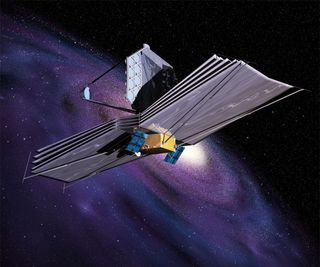
Hubble's long-awaited successor: JWST
Researchers have high hopes for JWST, the $8.8 billion infrared-optimized telescope that NASA hopes to launch toward the end of 2018.
Scientists plan to point JWST at the most promising and intriguing exoplanets that have been discovered in Earth's cosmic neck of the woods, using the powerful instrument to scan these worlds' atmospheres for water vapor and gases that may have been produced by living organisms, such as oxygen, nitrous oxide and methane. [Photos of the James Webb Space Telescope]
JWST should also make contributions in many other arenas, NASA officials say, shedding light on the early history of the universe and improving researchers' understanding of the formation and evolution of stars, galaxies and planetary systems.
WFIRST-AFTA
The outlook for space-based exoplanet science gets a little cloudy beyond JWST, but both NASA and ESA have some potential projects in the works.
NASA, for example, is working on a $1.6 billion observatory called the Wide-Field Infrared Survey Telescope. In 2010, the U.S. National Research Council deemed WFIRST the top priority for the next decade of astronomical research.
The current mission design, called WFIRST-AFTA (short for Astrophysics Focused Telescope Assets), calls for the observatory to incorporate one of two spy-satellite telescopes given to NASA by the U.S. National Reconnaissance Office in 2011.
The donated scopes are similar in size and appearance to NASA's iconic Hubble Space Telescope, sporting 8-foot-wide (2.4 meters) primary mirrors. The instruments are far from flight-ready spacecraft, however; they're basically just primary and secondary mirrors with associated support structures.
WFIRST-AFTA would probe the nature of mysterious dark energy and hunt for and study alien planets using two techniques: direct imaging and gravitational microlensing. In this latter method, astronomers watch what happens when a massive object passes in front of a star; the closer object's gravitational field bends and magnifies the star's light, acting like a lens.
The mission could find thousands of exoplanets using microlensing alone, said Matthew Penny of Ohio State University. Current plans call for WFIRST-AFTA to launch in 2023 or thereabouts, but the proposed mission remains in a sort of limbo at the moment, he added.
"There's going to be no funding for [other] large missions until JWST is launched," he said Nov. 6 at the Kepler Science Conference. "After that, NASA will have to ask Congress, I think, to fund the next large mission."
Plato
ESA may launch its own large-scale exoplanet mission at about the same time WFIRST-AFTA gets off the ground. The Europeans are developing a project called Plato (PLAnetary Transits and Oscillations of stars), with a possible liftoff in the 2022-2024 timeframe.
Like Kepler, Cheops and TESS, Plato will use the transit technique. The mission's main goal is to find and characterize large numbers of nearby planetary systems, getting accurate sizes and masses of alien worlds — many of which may lie in their host star's habitable zone, that just-right range of distances where liquid water can exist on a planet's surface.
"We want to completely characterize low-mass planets out to the habitable zone, being able to know about the internal composition, the density, the age of the system," Stephane Udry of the University of Geneva said Nov. 6 at the Kepler Science Conference.
Plato is one of five proposed "medium-class" missions — whose cost to ESA is capped at 470 million euros, or about $630 million — the agency is considering for the 2022-2024 launch slot. ESA will select one of these five in February 2014, officials have said.
Follow Mike Wall on Twitter @michaeldwall and Google+. Follow us @Spacedotcom, Facebook or Google+. Originally published on SPACE.com.
Join our Space Forums to keep talking space on the latest missions, night sky and more! And if you have a news tip, correction or comment, let us know at: community@space.com.

Michael Wall is a Senior Space Writer with Space.com and joined the team in 2010. He primarily covers exoplanets, spaceflight and military space, but has been known to dabble in the space art beat. His book about the search for alien life, "Out There," was published on Nov. 13, 2018. Before becoming a science writer, Michael worked as a herpetologist and wildlife biologist. He has a Ph.D. in evolutionary biology from the University of Sydney, Australia, a bachelor's degree from the University of Arizona, and a graduate certificate in science writing from the University of California, Santa Cruz. To find out what his latest project is, you can follow Michael on Twitter.

